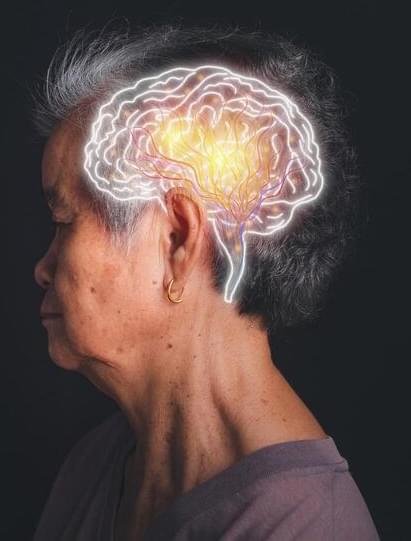DeepSeekMath.
Pushing the limits of mathematical reasoning in open language models.
Join the discussion on this paper page.
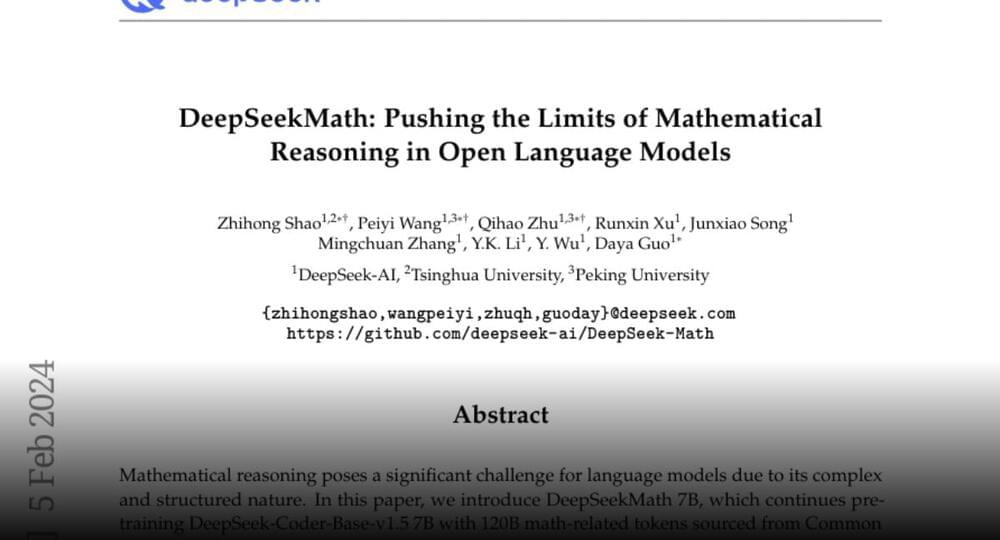



Does perception exist outside of our own nervous system? Philosopher Alva Noë thinks so. We can visualize the back of a tomato, even if our eyes cannot see it. We aren’t offended by profane statements written in a language we aren’t fluent in. This is because our perception is based on more than our five senses; it relies on experience and context as well.
Alva Noë unpacks this puzzle with a few examples, from being able to visualize things we are not looking at, to a phenomenon called “change blindness.”
Ultimately, this information can be used to challenge our original understanding of perception, and can expand on the idea that the way one person assesses an object may not precisely match the assessment of another.
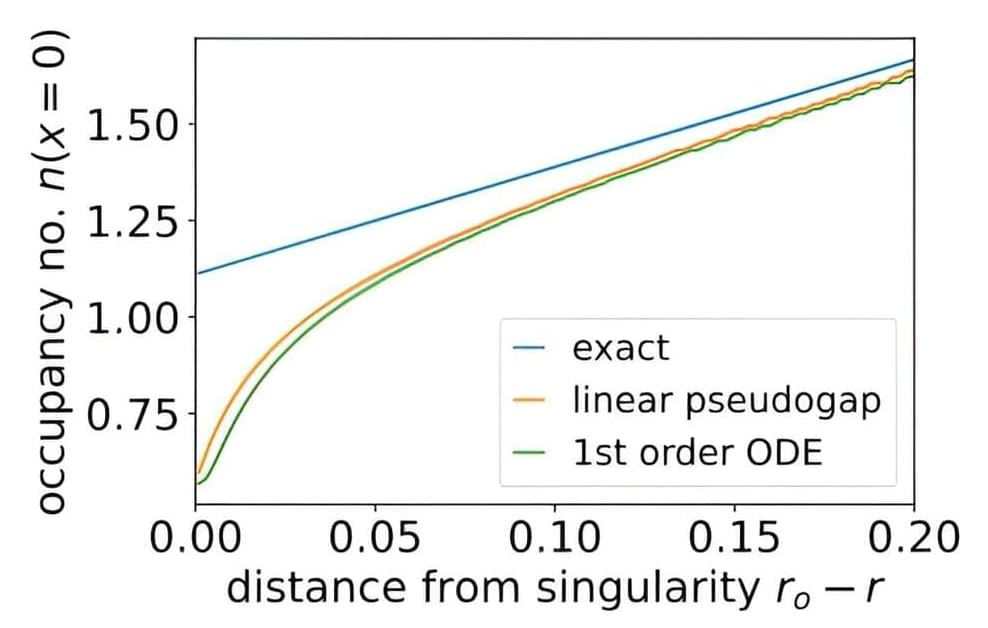
In Lewis Carroll’s Through the Looking-Glass, the Red Queen tells Alice, “It takes all the running you can do, to keep in the same place.” The race between innovation and obsolescence is like this.
Recent evidence about the slowing of technological and scientific progress in contrast to the accelerating epidemiological risks in a globalized world—in the opposite direction—indicates the importance of the relative rates of innovation and obsolescence.
When does innovation outpace, or fail to outpace, obsolescence? Understanding this dynamic is nascent, and the way that innovation is discussed is largely fragmented across fields. Despite some qualitative efforts to bridge this gap, insights are rarely transferred.
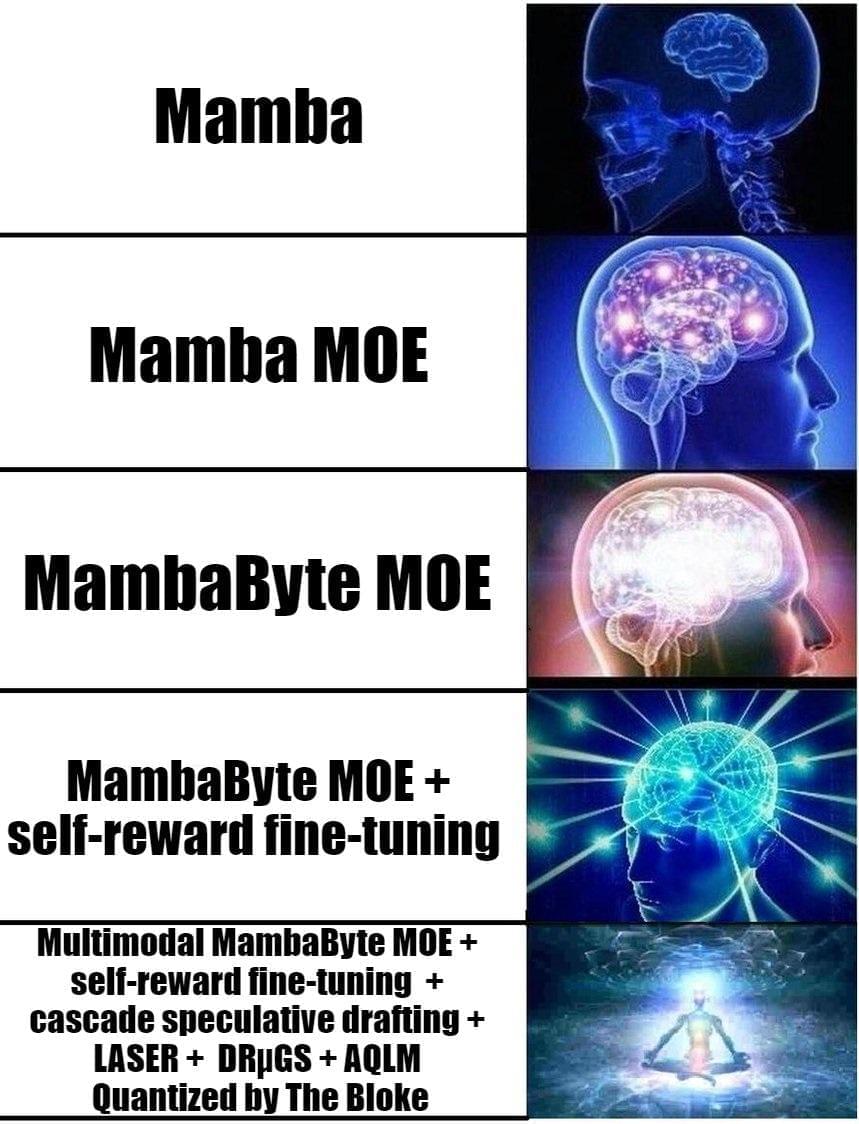
In the dynamic field of Artificial Intelligence (AI), the trajectory from one foundational model to another has represented an amazing paradigm shift. The escalating series of models, including Mamba, Mamba MOE, MambaByte, and the latest approaches like Cascade, Layer-Selective Rank Reduction (LASER), and Additive Quantization for Language Models (AQLM) have revealed new levels of cognitive power. The famous ‘Big Brain’ meme has succinctly captured this progression and has humorously illustrated the rise from ordinary competence to extraordinary brilliance as one delf into the intricacies of each language model.
Mamba is a linear-time sequence model that stands out for its rapid inference capabilities. Foundation models are predominantly built on the Transformer architecture due to its effective attention mechanism. However, Transformers encounter efficiency issues when dealing with long sequences. In contrast to conventional attention-based Transformer topologies, with Mamba, the team introduced structured State Space Models (SSMs) to address processing inefficiencies on extended sequences.

Based on the differently oriented MAPbBr3 single-crystal wafers, this study presents innovative findings primarily in two aspects. First, utilizing polarization-dependent ultrafast time-resolved spectroscopy, the anisotropic dynamics of photoexcited carriers on the picosecond timescale was first revealed. This discovery provides a deeper understanding of the ultrafast carrier relaxation pathways from the perspective of crystal orientation. It holds significant implications for exploring and expanding the potential of perovskite single crystals in polarization-sensitive and ultrafast optoelectronics applications, such as optical modulators, high-speed light polarization sensors, and ballistic transistors, which require both polarization sensitivity and high-field running capability simultaneously. However, a comprehensive understanding to correlate the observed polarization-dependent dynamics with the crystallographic structures has not been achieved yet due to limitations in current excited-state experimental techniques. Further progress will rely on employing more advanced ultrafast probing techniques, in combination with theoretical simulations, to comprehensively elucidate the observed carrier dynamics behind the underlying excited structure.
Second, by employing femtosecond laser processing, luminescent patterns with a remarkable three-order-of-magnitude PL enhancement on the bulk single crystals were achieved. The observed enhancement can be ultimately attributed to the synergy of three factors: the limited carrier diffusion length, the increase in shallow trap-assisted recombination centers, and the passivation of deep traps within the femtosecond laser-induced tentacle-like microstructures. In addition to offering a convenient top-down strategy for enhancing the photoluminescence intensity of bulk crystals, this study has also provided an in-depth understanding of the luminescence mechanism from multiple spatial (bulk and micro/nanoscale) and temporal (steady and transient-state) dimensions.
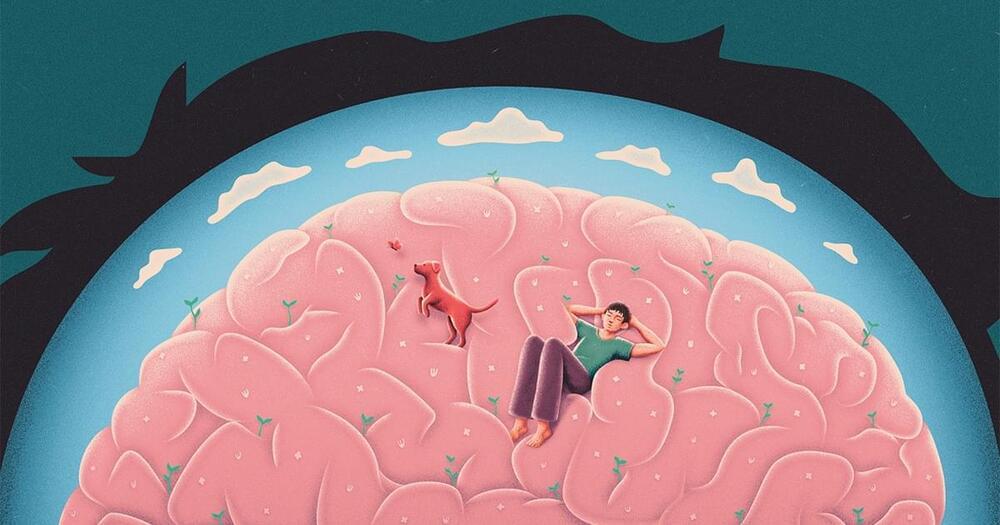

Staphylococcus aureus bacteremia have their antibiotic treatment switched early from IV to oral?
Switching to oral antibiotic therapy can be as effective as prolonged intravenous (IV) therapy for several infections, including bone and joint infections and endocarditis (NEJM JW Infect Dis Jan 30 2019 and N Engl J Med 2019; 380:425; NEJM JW Gen Med Apr 14 2020 and JAMA Intern Med 2020; 180:769). European investigators now report results of an open-label, controlled noninferiority trial comparing a switch to oral antibiotics or continued IV treatment after 5 to 7 days of IV therapy in individuals with low-risk Staphylococcus aureus bacteremia (e.g., clearance of bacteremia within 72 hours, no evidence of deep-seated focus). Total duration of therapy was 14 days; oral options were trimethoprim-sulfamethoxazole, clindamycin, or linezolid; IV options were flucloxacillin, cefazolin, vancomycin, or daptomycin).
The trial was terminated after 213 of 5,063 screened individuals had been enrolled over a 6-year period. Oral therapy was found to be noninferior to IV therapy (in both intention-to-treat and clinically evaluable analyses) for the primary composite outcome of complications from S. aureus infection within 90 days. Two deaths due to S. aureus bacteremia occurred (both in the oral switch group), and 34% of the oral switch group versus 26% of the IV group had a serious adverse event (P=0.29) that was most commonly infectious.
As editorialists note, these results should be viewed cautiously: 5% of the screened patient population was actually enrolled, so secondary endpoints such as all-cause mortality could not be analyzed. However, the results were clearly influenced by the selection of oral agents, and the use of more-potent oral antibiotic regimens could have yielded better outcomes. At least for now, I remain reluctant to recommend anything less than a 14-day IV regimen for S. aureus bacteremia.
